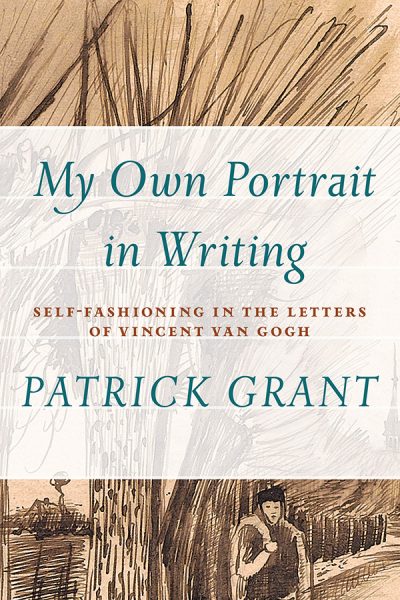Writing the Body in Motion A Critical Anthology on Canadian Sport Literature
edited by Angie Abdou and Jamie Dopp

Art historians, biographers, and other researchers have long drawn on Van Gogh’s voluminous correspondence—more than eight hundred letters—for insights into both his personal struggles and his art. But the letters, while often admired for their literary quality, have rarely been approached as literature. In this volume, Patrick Grant sets out to explore the question, “By what criteria do we judge Van Gogh’s letters to be, specifically, literary?” Drawing, especially, on Mikhail Bakhtin’s conceptualization of self-awareness as an ongoing dialogue between “self” and “other,” Grant examines the ways in which Van Gogh’s letters raise, from within themselves, questions and issues to which they also respond. Their literary quality, he argues, derives in part from this “double-voiced discourse”—from the power of the letters to thematize, through their own internal dialogues, the very structure of self-fashioning itself. Far from merely reproducing the narrative of the artist’s personal progress, “the letters enable readers to recognize how necessary yet open-ended, constrained yet liberating, confined yet unpredictable, are the means by which people seek to shape a place for themselves in the world.”
This volume builds on Grant’s earlier analysis of Van Gogh’s correspondence, The Letters of Vincent van Gogh: A Critical Study (AU Press, 2014), a study in which he approached the letters from a literary critical standpoint, delving into key patterns of metaphors and concepts. In the present volume, he provides instead a literary theoretical analysis of the letters, one that draws them more fully into the domain of modern literary studies. In his deft and keenly perceptive reading, Grant deconstructs the binaries that surface in both Van Gogh’s writing and painting, discusses the narrative dimensions of the letter-sketches and the recurring themes of fantasy, belief, and self-surrender, and draws attention to Van Gogh’s own understanding of the permeable boundary between words and visual art. Viewing the letters as an integrated body of discourse, “My Own Portrait in Writing” offers a theoretically informed interpretation of Van Gogh’s literary achievement that is, quite literally, without precedent.
This is an exciting and inspiring book: it is both intellectually ambitious and humanly challenging. Ideally, in my view, it could stimulate an effort to work towards a revised and reinvigorated curriculum with Van Gogh's letters being read alongside some of the writers the great artist most admired.
Garry Watson, author of Opening Doors: Thought From (And Of) the Outside
A deep and creative inquiry suggesting meaningful structures for understanding the richness of the artist’s life and work. Grant succeeds in bringing Van Gogh’s letters into the domain of modern literary studies, and demonstrates that the effort opens exciting new ways of understanding the radical tensions, puzzling transformations, and internal frustrations expressed by the artist in writing, drawing, and painting.
University of Toronto Quarterly
This work is licensed under a Creative Commons License (CC BY-NC-ND 4.0). It may be reproduced for non-commercial purposes, provided that the original author is credited.